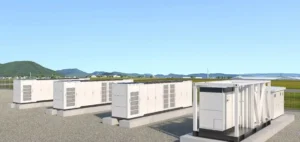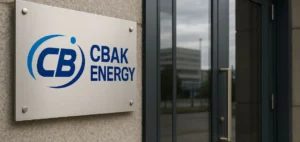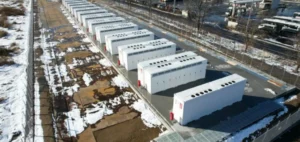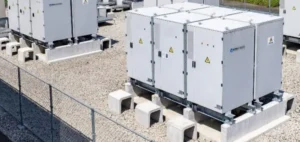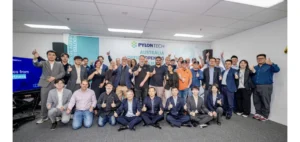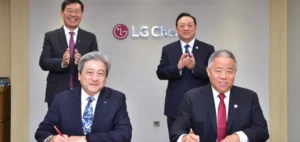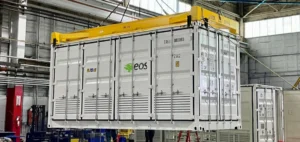US-based company Quino Energy, specialised in long-duration energy storage via flow batteries, has raised $10mn in equity during a Series A funding round led by Atri Energy Transition. The agreement also includes access to an additional $6mn in equity funding, bringing the total potential investment to $16mn.
New factory and pilot projects at the heart of deployment
The funding will enable Quino Energy to establish a production line for its proprietary organic electrolyte and carry out pilot projects in several regions worldwide. The electrolyte, manufactured through a waste-free continuous flow process, is based on low-cost feedstocks derived from coal tar. Its compatibility with standard vanadium flow battery hardware allows for rapid and cost-effective industrial scaling.
Quino Energy plans to build a new factory capable of producing at a cost lower than vanadium, currently the industry benchmark. At gigawatt-hour scale, the company estimates cost reductions of up to 75%. The product is also compatible with carbon steel tanks, widely used in the oil sector, offering potential repurposing of existing infrastructure.
Targeting leadership in long-duration storage markets
Hyderabad-based Atri Energy Transition aims to support economically viable and impactful Long Duration Energy Storage (LDES) solutions. Quino Energy recently received a $10mn grant from the California Energy Commission and $5mn from the US Department of Energy under the Critical Facility Energy Resilience (CiFER) programme for a 5 MWh battery project in Southern California.
In June, a strategic agreement was signed with TerraFlow Energy to co-develop organic electrolytes for large-scale flow batteries. Additional funding was provided by the Department of Energy’s Advanced Materials and Manufacturing Technologies Office (AMMTO) to support the development of a pilot electrolyte production site in Buffalo, New York.
Potential for accelerated global deployment
With its backward-compatible organic electrolyte and partnership-based strategy, Quino Energy targets significant cost reductions for grid operators, utilities, and industrial developers. The flexibility of integrating the technology into existing equipment could accelerate the adoption of flow batteries in fast-growing markets, especially in regions facing grid reliability and resilience challenges.



